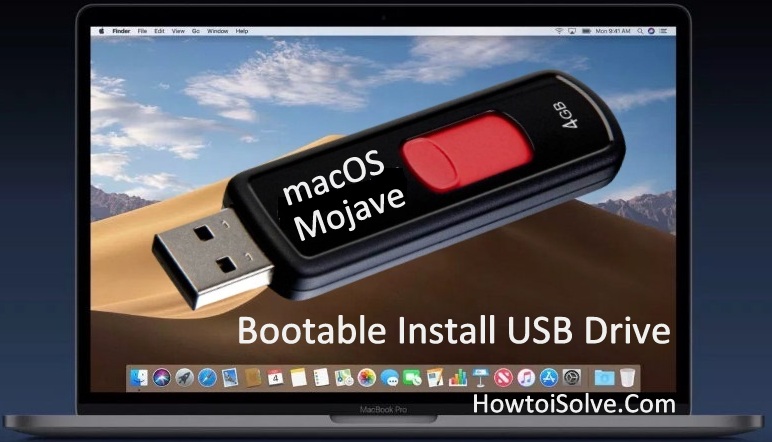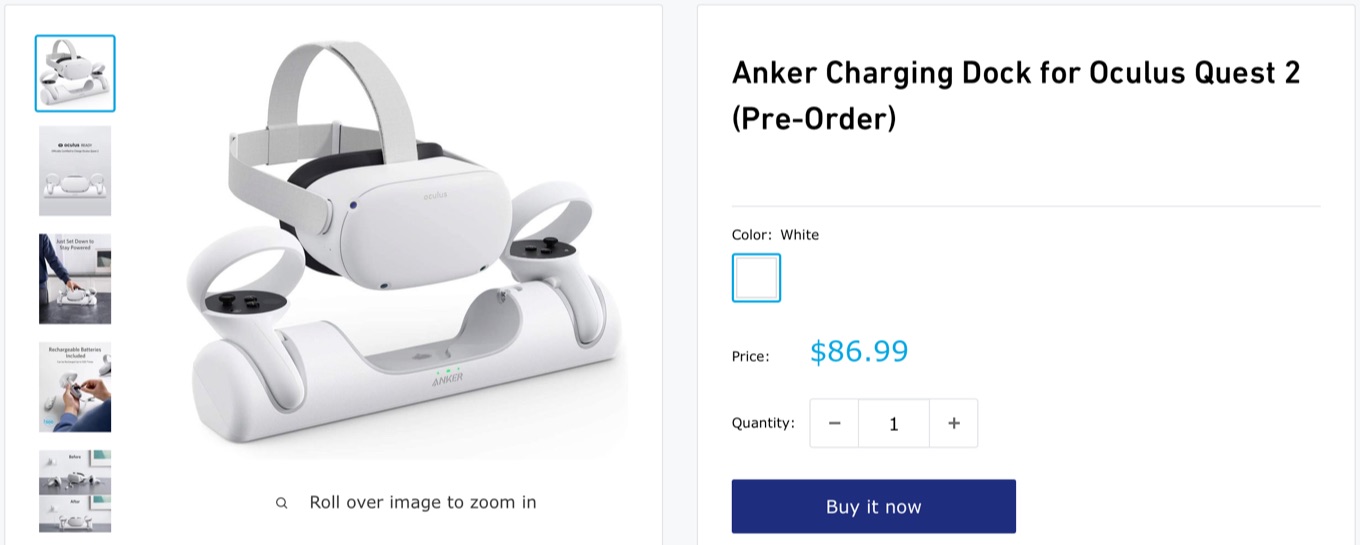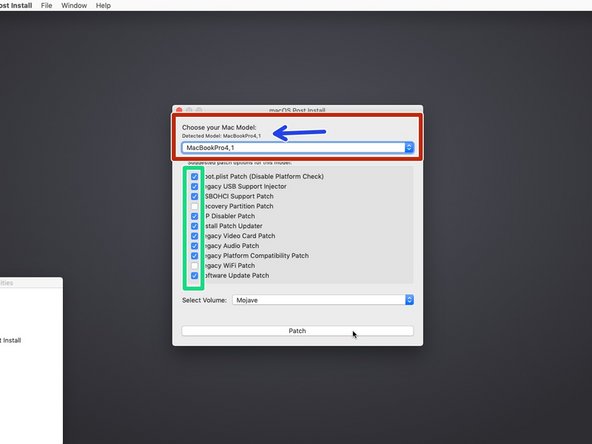I also learned not to install Mojave from a usb installer with the K5000 as I was doing that too. Other attempts:-booted from a hd backup of High Sierra and tried installing Mojave on it (with NVidia Web Drivers installed)-booted from a hd backup of High Sierra and tried installing Mojave on it (uninstalled NVidia Web Drivers). 1) Make sure USB, HDMI and power cables are connected correctly. 2) Make sure the display has been turned on. 3) Make sure your P20C pen is powered, you can charge it for 1 hour before using it.(only for VK2200 Display) 4) Change a USB Port or a computer to have a try.
These advanced steps are primarily for system administrators and others who are familiar with the command line. You don't need a bootable installer to upgrade macOS or reinstall macOS, but it can be useful when you want to install on multiple computers without downloading the installer each time.
What you need to create a bootable installer

- A USB flash drive or other secondary volume formatted as Mac OS Extended, with at least 14GB of available storage
- A downloaded installer for macOS Big Sur, Catalina, Mojave, High Sierra, or El Capitan
Download macOS
- Download: macOS Big Sur, macOS Catalina, macOS Mojave, or macOS High Sierra
These download to your Applications folder as an app named Install macOS [version name]. If the installer opens after downloading, quit it without continuing installation. To get the correct installer, download from a Mac that is using macOS Sierra 10.12.5 or later, or El Capitan 10.11.6. Enterprise administrators, please download from Apple, not a locally hosted software-update server. - Download: OS X El Capitan
This downloads as a disk image named InstallMacOSX.dmg. On a Mac that is compatible with El Capitan, open the disk image and run the installer within, named InstallMacOSX.pkg. It installs an app named Install OS X El Capitan into your Applications folder. You will create the bootable installer from this app, not from the disk image or .pkg installer.
Use the 'createinstallmedia' command in Terminal
- Connect the USB flash drive or other volume that you're using for the bootable installer.
- Open Terminal, which is in the Utilities folder of your Applications folder.
- Type or paste one of the following commands in Terminal. These assume that the installer is in your Applications folder, and MyVolume is the name of the USB flash drive or other volume you're using. If it has a different name, replace
MyVolumein these commands with the name of your volume.
Big Sur:*
Catalina:*
Mojave:*
High Sierra:*
El Capitan:
* If your Mac is using macOS Sierra or earlier, include the --applicationpath argument and installer path, similar to the way this is done in the command for El Capitan.
After typing the command:
- Press Return to enter the command.
- When prompted, type your administrator password and press Return again. Terminal doesn't show any characters as you type your password.
- When prompted, type
Yto confirm that you want to erase the volume, then press Return. Terminal shows the progress as the volume is erased. - After the volume is erased, you may see an alert that Terminal would like to access files on a removable volume. Click OK to allow the copy to proceed.
- When Terminal says that it's done, the volume will have the same name as the installer you downloaded, such as Install macOS Big Sur. You can now quit Terminal and eject the volume.
Use the bootable installer

Determine whether you're using a Mac with Apple silicon, then follow the appropriate steps:
Apple silicon
- Plug the bootable installer into a Mac that is connected to the internet and compatible with the version of macOS you're installing.
- Turn on your Mac and continue to hold the power button until you see the startup options window, which shows your bootable volumes and a gear icon labled Options.
- Select the volume containing the bootable installer, then click Continue.
- When the macOS installer opens, follow the onscreen instructions.

Intel processor
- Plug the bootable installer into a Mac that is connected to the internet and compatible with the version of macOS you're installing.
- Press and hold the Option (Alt) ⌥ key immediately after turning on or restarting your Mac.
- Release the Option key when you see a dark screen showing your bootable volumes.
- Select the volume containing the bootable installer. Then click the up arrow or press Return.
If you can't start up from the bootable installer, make sure that the External Boot setting in Startup Security Utility is set to allow booting from external media. - Choose your language, if prompted.
- Select Install macOS (or Install OS X) from the Utilities window, then click Continue and follow the onscreen instructions.
Learn more
For more information about the createinstallmedia command and the arguments that you can use with it, make sure that the macOS installer is in your Applications folder, then enter the appropriate path in Terminal:
- Big Sur: /Applications/Install macOS Big Sur.app/Contents/Resources/createinstallmedia
- Catalina: /Applications/Install macOS Catalina.app/Contents/Resources/createinstallmedia
- Mojave: /Applications/Install macOS Mojave.app/Contents/Resources/createinstallmedia
- High Sierra: /Applications/Install macOS High Sierra.app/Contents/Resources/createinstallmedia
- El Capitan: /Applications/Install OS X El Capitan.app/Contents/Resources/createinstallmedia
A bootable installer doesn't download macOS from the internet, but it does require an internet connection to get firmware and other information specific to the Mac model.
macOS 10.14 Mojave is one of the most highly lauded desktop operating systems developed by Apple, Inc. It comes with a slew of new features and enhancements that's geared towards a smoother and more delightful user experience. If you haven't upgraded yet, we'll show you all the possible ways to download macOS Mojave so you can create a bootable macOS USB for installation and start to enjoy the benefits that millions of other users around the world are already seeing from this upgrade, such as Dark Mode, Continuity Camera, Stacks and the Voice Memos app.
Downloading macOS Mojave can get a little confusing because there are two types of downloads. One is the basic stub installer file that's about 22-23 MB, but the full size installer is about 5.8 to 6 GB. The stub installer does fetch all the other required content once you do the installation, but if you need the full installer so you can put Mojave on a different computer, then there are several ways to do that.
macOS Mojave DMG Direct Download Link
The legit way to download or install macOS Mojave provided by Apple is through Mac App Store, where you can get the macOS Mojave install app but it is can be used by other programs for installation. You need addtional settings to make it work. However, some of the tech experts are smart enough and grab the direct download link of macOS Mojave.
macOS 10.14.1 DMG Direct Download Link 1: https://archive.org/download/macOS_Mojave.dmg
Niresh Mojave To Usb
macOS 10.14.1 DMG Direct Download Link 2: https://sundryfiles.com/9tz
macOS 10.14.1 ISO Direct Download link (for Windows PC User): https://ia600701.us.archive.org/28/items/MacOSMojave10.14.iso
In addition, you can also download the install dmg from other file hosting or torrent sites. This method is a little risky unless you know the website you're downloading from. For example, some websites that offer direct downloads for macOS Mojave will actually give you version 10.14.1, which is an update rather than the full OS installer. Others might even just serve you the stub installer.
To avoid this, try and read some genuine user reviews before attempting this approach. For that reason, there's no particular site that we recommend. However, that's not to say that there aren't genuine sites that offer the full installer. Most are free, but some might ask for donations via PayPal. If their version works out for you, it's up to you whether you want to pay them a small amount for their trouble.
p.s you need to burn mojave dmg to USB to make it a bootable media for macOS installation. After that, you can use the bootable USB to install macOS on the current or another Mac.
Use Download Manager to Get Mojave DMG Installer
macOS Mojave Patcher is a third-party utility that can be downloaded from the dosdude1 website, and is required to get the full 6GB DMG installer file for macOS Mojave.
As a first step, download the patch utility and run it on a Mac PC or laptop. Note that some Mac computers are not supported by this software, so check the list of compatible devices before getting the app. Within the app, click on the Tools option in the top toolbar and select Download macOS Mojave… The keyboard shortcut for this is Command+D. You'll see a pop-up notification asking you to confirm the download. Click Yes to download the full installer, which should be around 6000MB.

Download macOS Mojave DMG Installer from Mac App Store
If all you need is the stub installer for an upgrade from an existing macOS installation, it's even easier because it's just a question of simple and direct download from Apple's servers. However, this version can't be used for a clean install on a different computer because it won't contain the needed applications to create bootable media on a USB or DVD. For that, you are better off using the first method.
Go to App Store app on your Mac and search for macOS Mojave, then click the Get button next to it. This file will be called Install macOS Mojave.app, and all you need to do is click the Download button in the Software Update utilitiy that automatically launches when you click on Get in the App Store. You will need to enter your Mac credentials when prompted.

Mojave To Boron
Again, remember that this is merely the stub installer, so it's only useful for upgrading current macOS to Mojave, not able to do a clean install on a different computer.
Re-Download Mojave with Mojave Running
Another way to get the stub installer is when you're already running macOS Mojave on your computer. The process is the same as the one described in Method 2, so you can follow the steps described above.
In certain cases, however, this method won't work because the Get button might not be available. It might show you that the OS is already installed, which means the button is greyed out and basically useless to you.
Abort the Reboot after Running macOS Mojave.app
Mojave To Barstow
This method is a sort of gimmick that tricks the stub installer into downloading all the required files for a full installation, and then aborting the process right before your computer reboots to actually go into the installation. This is not for the feint-of-heart because it requires commands to be run in Terminal, the command line interface in Mac.
Get the stub installer from the App Store and run it. You'll see several prompts, which you just need to follow by clicking through each. When you see the countdown timer for the reboot, hit the Cancel button.
Copy Mojave To Usb
At this point, all the files for the full installer have been downloaded, but they still need to be packaged in order to work. For this, run the following three commands in Terminal (Applications > Utilities), clicking Enter after each one:
sudo -s
mkdir /Applications/Install macOS Mojave.app/Contents/SharedSupport
cd /macOS Install Data
find . -mount | cpio -pvdm /Applications/Install macOS Mojave.app/Contents/SharedSupport
Mojave Usb Maker
Now go to the directory where you saved the original stub installer, and you'll see that it has magically turned into a 6GB file, which is the full installer.
Summary
These are all the possible ways to download macOS Mojave to your computer so you can create bootable media for a macOS installation. If you're aware of other methods or genuine sites for downloading the full DMG file from macOS Mojave 10.14, please do share it with our readers in the comments section.
